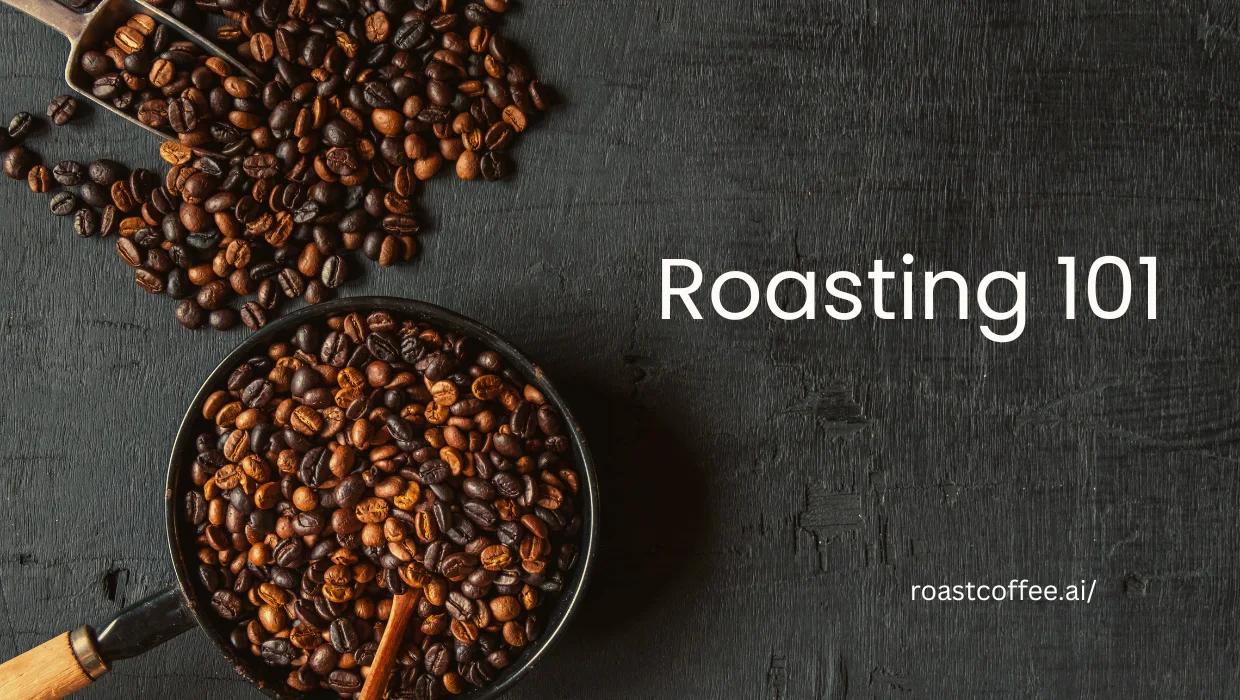Introduction
Brewing is where the magic happens — where all the work that went into growing, processing, and roasting finally meets water and becomes the drink we love.
In this third part of our “A to Z of Coffee” series, we’re exploring the wide world of brewing methods and gear. Whether you swear by your morning espresso or enjoy experimenting with cold brew on a sunny day, knowing the terminology behind these tools and techniques will help you brew more confidently and consistently. Let’s dive into the terms that bring roasted coffee to life in your cup.
The Coffee Glossary: Brewing
Aeropress: A popular, portable coffee brewing device that uses total immersion and pressure to brew coffee. It’s known for producing a clean, rich, and versatile cup.
Autolyse: A term borrowed from baking, sometimes used in coffee to describe a pre-infusion or bloom phase where coffee grounds are wetted before full brewing, allowing gases to escape and preparing the grounds for optimal extraction.
Brew Ratio: The proportion of coffee grounds to water used in brewing, typically expressed as a ratio (e.g., 1:15, meaning 1 part coffee to 15 parts water). It significantly impacts the strength and extraction of the brew.
Burr Grinder: A coffee grinder that uses two revolving abrasive surfaces (burrs) to grind coffee beans into a consistent particle size, which is crucial for even extraction.
Cold Brew: Coffee brewed by steeping coarse-ground coffee in cold water for an extended period (12-24 hours). It produces a concentrate that is low in acidity and bitterness, often diluted with water or milk.
Drip Coffee: A brewing method where hot water is poured over coffee grounds, and the brewed coffee drips through a filter into a carafe. It’s one of the most common brewing methods.
Espresso: A concentrated coffee beverage brewed by forcing hot, pressurized water through finely ground coffee beans. It forms the base for many coffee drinks.
Extraction: The process by which water dissolves and removes soluble compounds (flavors, acids, oils, sugars) from ground coffee. Proper extraction is crucial for a balanced and flavorful cup.
Filter Coffee: A general term for coffee brewed by pouring water through coffee grounds held in a filter, allowing the liquid to pass through while retaining the solids.
French Press: A brewing device where coarse-ground coffee is steeped in hot water, and then a plunger with a mesh filter is pressed down to separate the grounds from the liquid. It produces a full-bodied coffee.
Grind Size: The fineness or coarseness of ground coffee particles. It’s a critical factor in brewing, as it affects the surface area exposed to water and thus the extraction rate.
Immersion Brewing: A brewing method where coffee grounds are fully submerged in water for the entire brewing time, such as with a French Press or Aeropress.
Instant Coffee: Coffee that has been brewed and then dehydrated into soluble granules or powder. It’s designed for quick preparation by simply adding hot water.
Moka Pot: A stovetop coffee maker that brews coffee by passing boiling water pressurized by steam through ground coffee. It produces a strong, espresso-like coffee.
Over-extracted: Coffee that has been brewed for too long or with too fine a grind, resulting in bitter, astringent, and often hollow flavors due to the extraction of undesirable compounds.
Strength: The concentration of dissolved coffee solids in a brewed cup, often measured by a refractometer. It’s related to the brew ratio and extraction.
Tamper: A tool used to compress ground coffee into a compact, even puck in an espresso machine’s portafilter, ensuring proper water flow and extraction.
Under-extracted: Coffee that has been brewed for too short a time or with too coarse a grind, resulting in sour, thin, and underdeveloped flavors due to insufficient extraction of desirable compounds.
Conclusion
Brewing isn’t just about pouring hot water over coffee — it’s about precision, experimentation, and finding what suits your taste best. From grind size to brewing style, each choice shapes the final cup in meaningful ways.
Now that you’re familiar with the essential tools and terminology, you’re better equipped to try new methods, troubleshoot inconsistencies, and fine-tune your daily ritual. In the next part of our series, we’ll explore tasting and flavor notes — the final step in truly understanding and enjoying your brew.
Have questions about your setup or need tips on dialing in your brew? Ask Roastbot — your digital coffee companion is just a click away!


